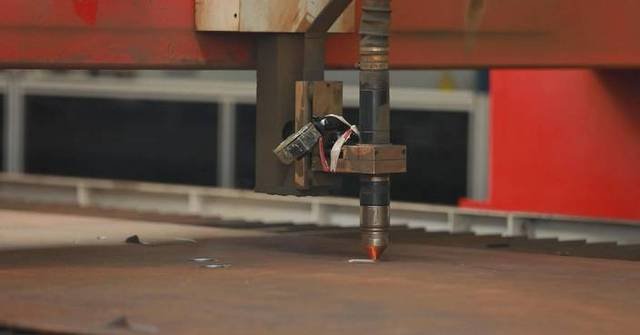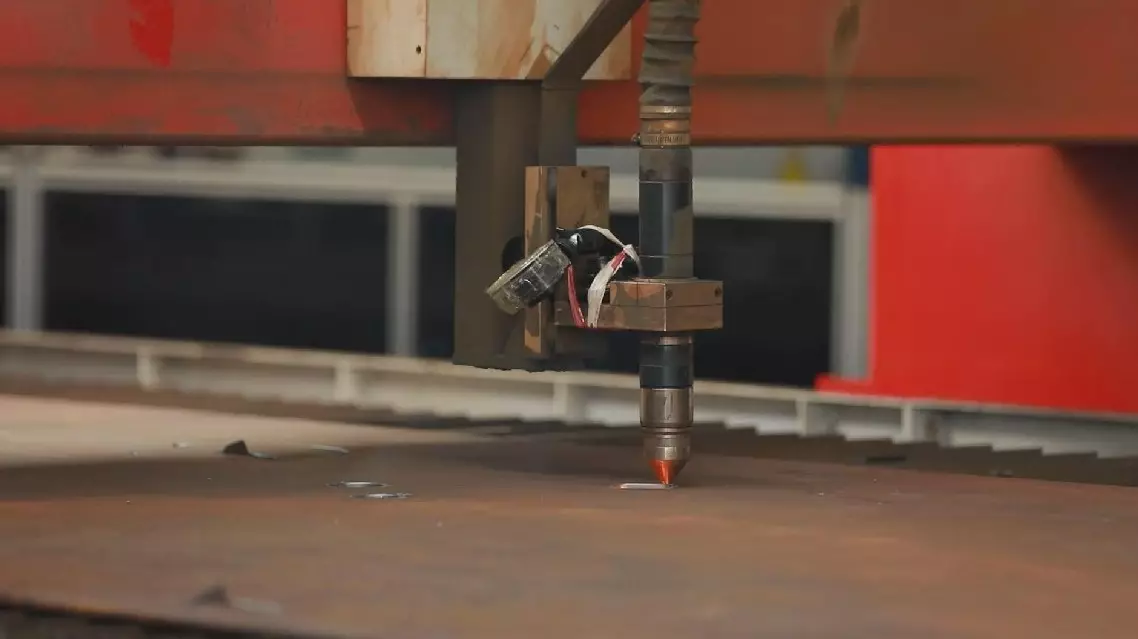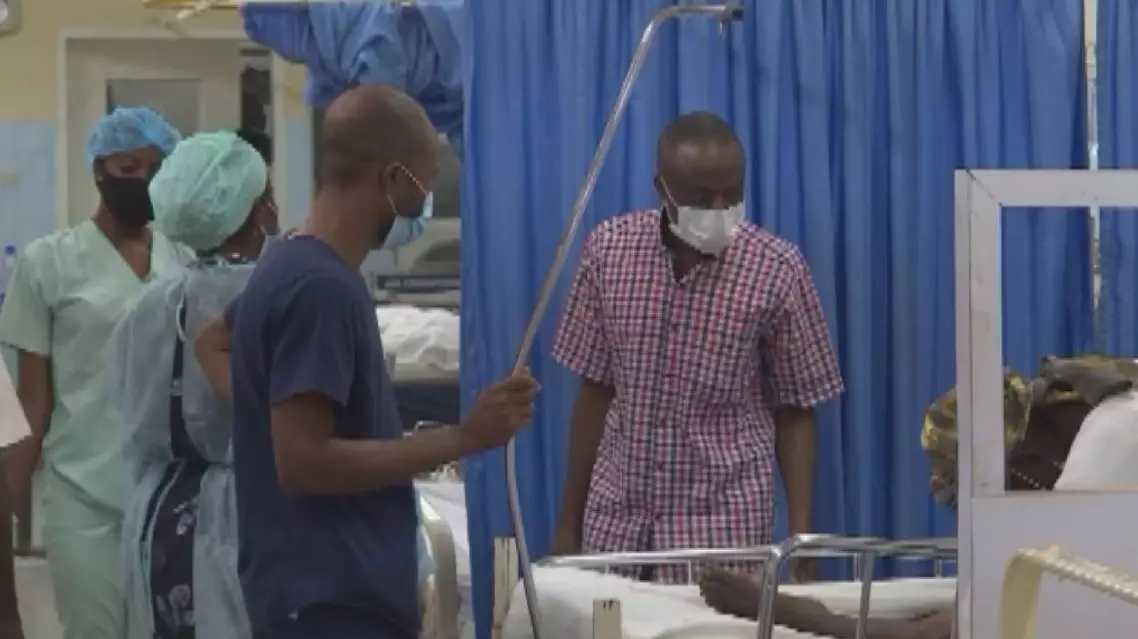The implementation of artificial intelligence (AI) technology has significantly enhanced the utilization rate of production materials at a machinery factory in Changsha, capital city of central China’s Hunan province, saving billions of yuan for the factory every year.
The factory, which specializes in producing pumper trucks, has enhanced material utilization throughout its production processes by leveraging AI technology, which functions as an intelligent brain within the production system.
“We can just tap on the intelligent typesetting button on the screen, then the intelligent brain will generate a nesting diagram based on the optimal utilization rate, allowing the robot to proceed with cutting,” said Guo Pengxiang, materials forming engineer with the intelligent manufacturing department of SANY Group.
According to Guo, the implementation has boosted the steel plate usage rate by an impressive 11 percentage points.
“Around 2019, the group company’s steel utilization rate averaged only 70.8 percent. Even the most experienced programmers could not achieve the optimal nesting diagram for material utilization. A mere one percentage point increase in utilization could save the group 20 million yuan (2.79 million U.S. dollars) in material cost annually,” said Guo.
Through continuous learning, the AI system has steadily optimized efficiency and reduced cost within the factory, which has an automation rate of nearly 80 percent.
In addition, the application of AI technology has led to a 123 percent surge in production capacity, a 98 percent boost in personnel productivity, and a notable 29 percent decrease in unit manufacturing cost.
“The system can not only optimize production processes but also interconnect all the equipment we sell. It enables collaboration among our research and development, manufacturing, sales, and after-sales teams,” said Yao Zhiheng, director of the process engineering division of pump intelligent manufacturing of SANY Group.
AI technology improves production efficiency, saving billions for machinery factory
An outbreak of mpox, formerly known as monkeypox, in the Democratic Republic of Congo (DRC) has claimed more than 500 lives and spread to neighboring countries, raising fears of a global outbreak.
So far, twelve African countries have recorded cases. In response, countries around the world are stepping up surveillance following the World Health Organization’s (WHO) declaration of a global health emergency.
According to the WHO, the current outbreak, spreading from the DRC, has been exacerbated by the emergence of a deadlier new variant of the virus, Clade 1b, with a mortality rate estimated at 3.6 percent, much higher than previous strains.
Since the beginning of 2024, 15,664 potential cases of mpox and 548 deaths have been reported in the DRC, the country most affected by the disease, DRC Health Minister Roger Kamba announced late Thursday. The country has been impacted by an ongoing outbreak since late 2022.
Health workers have reported cases of the infectious disease in the DRC’s capital, Kinshasa.
“Kinshasa has many cases of mpox. Right now, we have 11 patients at this hospital who we are taking care of,” said Mirose Izzia, a nurse at the National Referral Hospital of Kinshasa.
While the city has not recorded as many cases as the eastern province of South Kivu or the western province of Equateur, local health officials are intensifying measures to curb the spread of mpox. They’ve announced public awareness campaigns focused on prevention and treatment. However, they are encountering resistance from some individuals.
“There are some adults who prefer to go to churches to get prayed for instead of visiting health facilities. By the time they arrive at hospitals, the mpox virus is at an advanced stage. That’s the reason why we have recorded many deaths,” said Dr. Cris Kacita, the doctor in charge of mpox operation at Kinshasa.
Mpox outbreak in DRC claims over 500 lives, raising concerns over global outbreak









